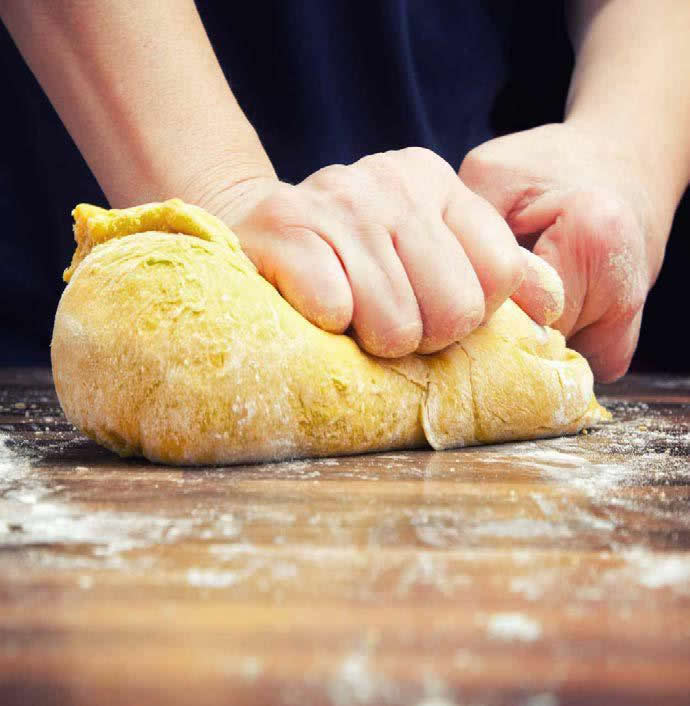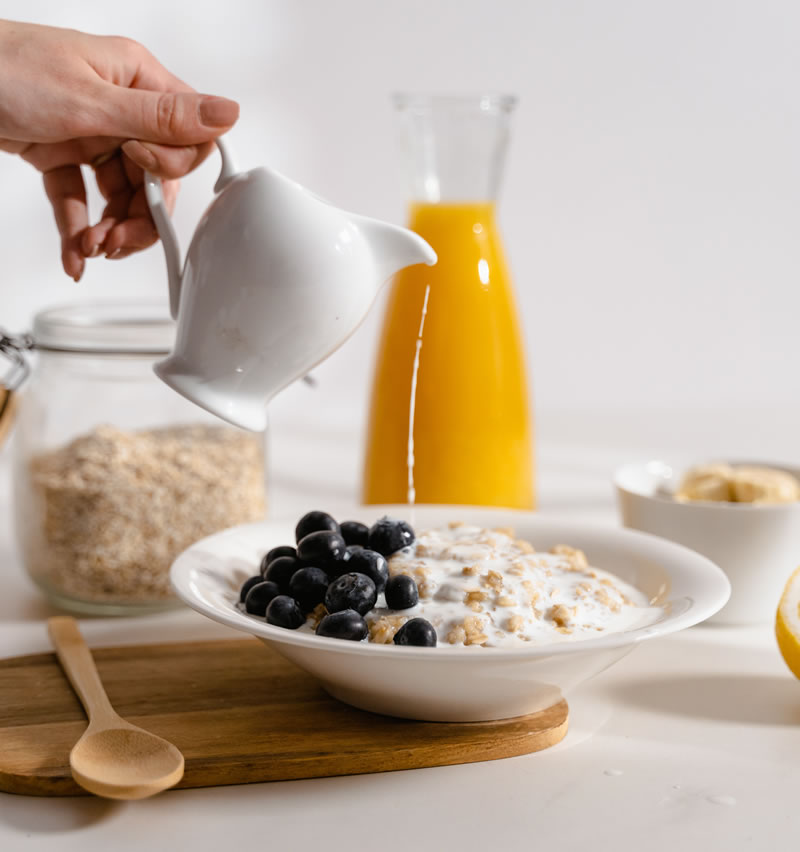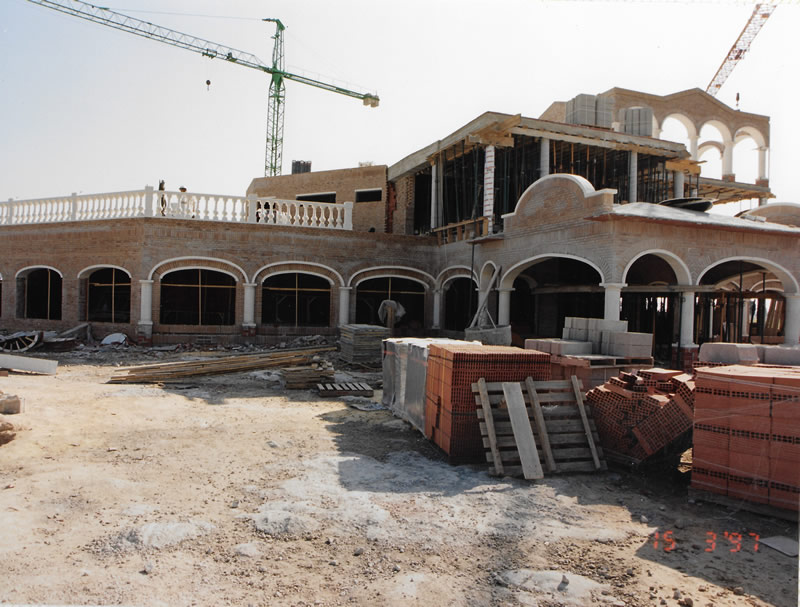Anna Recatalà
When we talk about typical products, local produce and tradition, paella is the first thing that comes to mind. Perhaps it is because rice is a star ingredient of the Valencia Region cuisine or because its recipe is already known worldwide. The fact is that there are other typical delicacies that, although they are not as well known have gained much prominence in recent years.
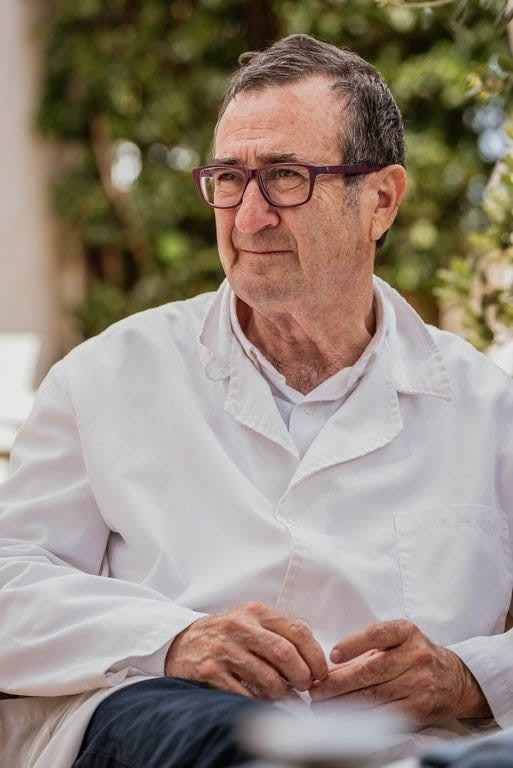
Our ancestors’ recipe
If we go back a few decades, Coca was a sweet or savory recipe, based on the ingredients with which it was prepared, that was baked in the morning and eaten later, at noon or for a snack. Over time, this custom has remained solely and exclusively in traditional bakeries and with globalization, the pizza recipe (its gastronomic sister) and its hot consumption habit have gained ground to the point of replacing them.

“Coca is a mixture of water, flour, yeast and oil, a combination that is part of the Mediterranean diet and the history of the countries that make up this area. The way to make them is different depending on the location. In some places oil is replaced by pork fat and in others wheat is replaced by corn”, explains Pep Romany, master baker, coquero and owner of the Pont Sec restaurant in Dénia.
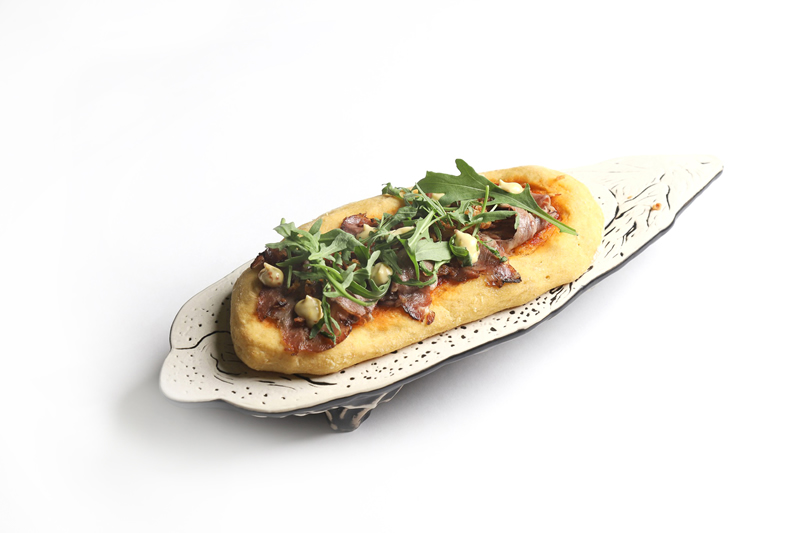
Since a decade ago, Cocas have experienced a rebirth with the appearance of the ‘coquerías’, gastronomic corners exclusively devoted to the preparation of this specialty. The main characteristic with respect to other restaurants or traditional bakeries that continue to prepare this recipe is that its preparation and consumption is immediate, as in pizzerias, and there are as many varieties as typical there are products of the area.
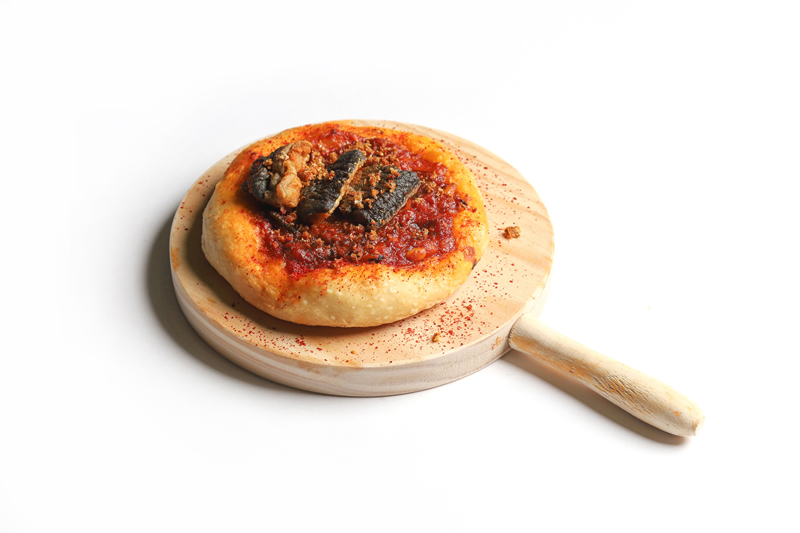
“There are countless combinations of doughs and ingredients. According to the season, the raw material will vary. For example, in Ontinyent there is a Coca known as ‘Coca de Fira’ which is made during the November festival and contains sausage, black pudding, artichoke and pebràs (a mushroom native to the area). In La Safor area, for example, there is the ‘Coca de gamba amb bleda’ made of chard and marsh shrimp, which is very similar to ordinary shirmp but can only be caught in the Pego-Oliva marsh, as they grow in the marshy land itself”, concludes our master baker-coquero.
